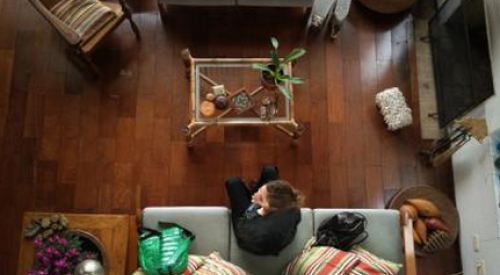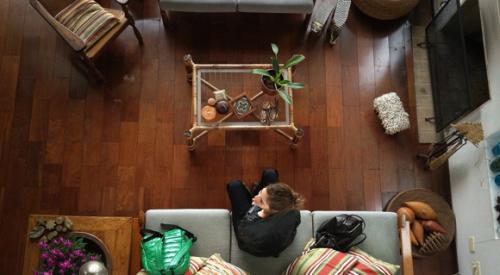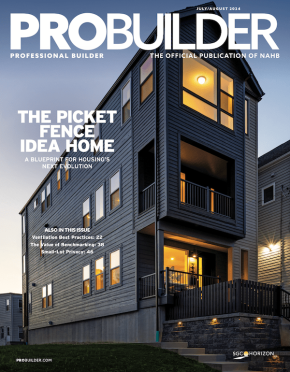Single-person households are on the rise in major American cities. Although married couples are the majority demographic in most of the 200 cities analyzed by the Joint Center for Housing Studies of Harvard University, nearly half of the cities saw a jump in single-person residencies. And in 15 locations such as Washington, D.C, and Atlanta, Georgia, singles occupy more than 40 percent of households in 15 cities. Although Americans are marrying and having kids later, this increase isn’t the result of a massive wave of independent, go-getting singles who are ready to take on the world. Instead, experts think something else is going on: The price of living and housing costs associated with major cities are forcing American families out.
Although economic growth has been decelerating, this slowdown might take second place to some disquieting new socio-demographic trends, which paint a rather bleak picture: America’s big, wealthy cities are forcing out precisely the demographics that would ensure the continuation of the developed, business-centric urban hub: the families with children.
According to an analysis of U.S. Census Bureau data by the Joint Center for Housing Studies of Harvard University:
Perhaps nothing speaks greater volume about changes in modern American life than the rise of the single-person household. A recent paper authored by Census Bureau researchers shows that a hundred years ago, fewer than six percent of all households consisted of people who lived alone. By 1940, that share had only inched upward to 7.8 percent. By 2013, at 28 percent of all households, it is now the second most common household type just behind married couples without minor children (29 percent), and well ahead of marrieds with minor children in the household (19 percent).
In the past decade, the share of single-person households went up significantly in America’s largest cities. Whether they rent or own, residents from established urban areas are increasingly living on their own. According to the 2019 National Association of Realtors, Home Buyers and Sellers Generational Trends Report, although the largest share of homebuyers is still represented by married couples – at 63% – single women are the next-highest significant cohort at a staggering 18%, followed by single males (9%).
Adding to the trend of the big city driving out one key demographic and encouraging single living, the number of unrelated people living together has gone up, as well. Defined as a multi-person household where at least one member is not related by blood, marriage, adoption or partnership to the other members, the rise in unrelated households and unrelated people sharing a home suggests that city-dwellers are moving in together in order to afford to live in their city of choice.













